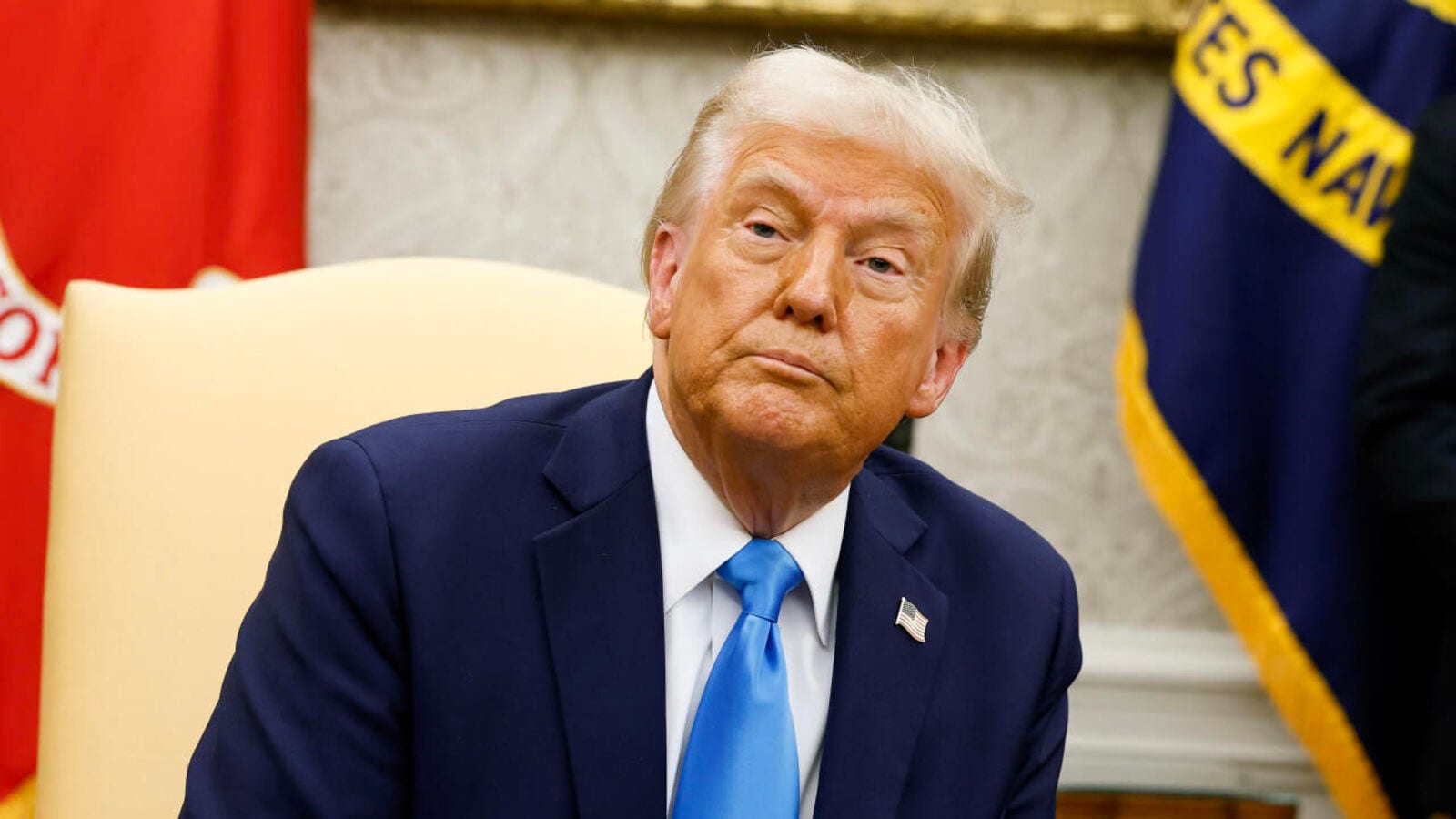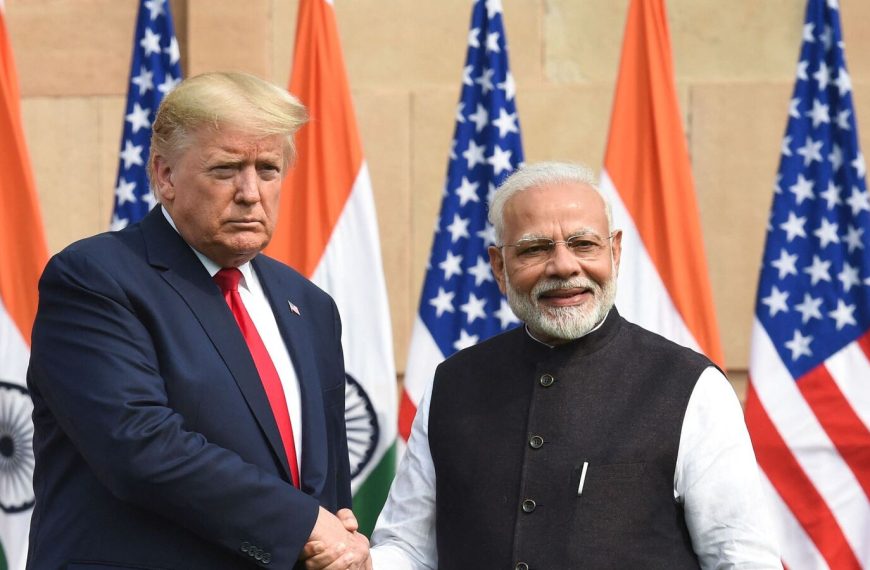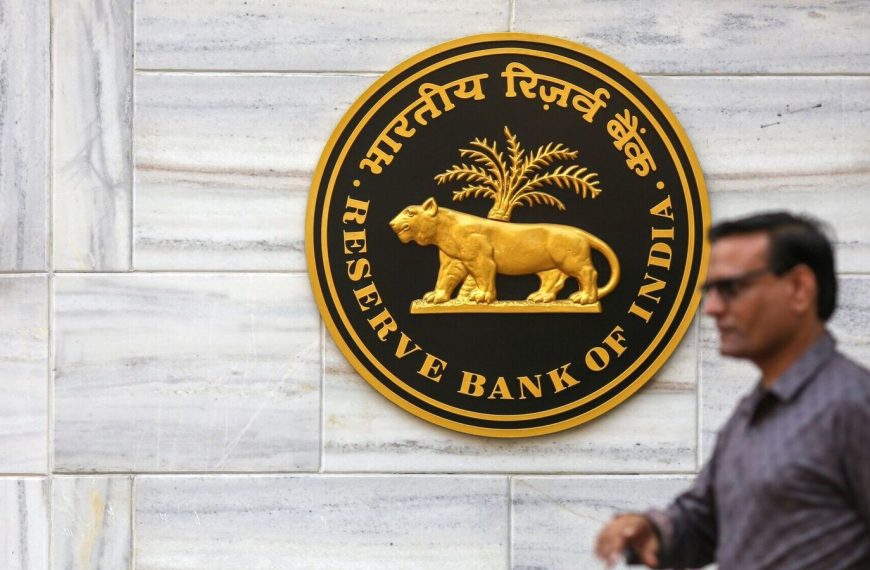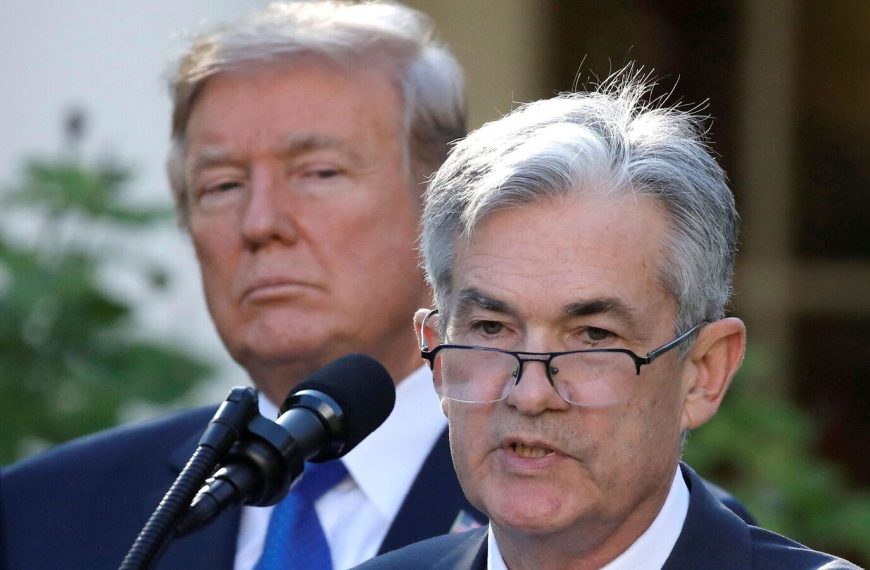The global economic landscape is shifting dramatically as President Donald Trump implements new tariffs, igniting tensions in international trade relations. Effective April 5, these initial 10% tariffs target various nations, marking a significant escalation in the ongoing trade conflict. Countries like Australia, Britain, Colombia, Argentina, Egypt, and Saudi Arabia are among the first to feel the impact, as these tariffs took effect without any grace period at midnight.
Key Developments in the Trade War
As the situation unfolds, here are some essential updates on the evolving trade dynamics:
-
Trump’s Economic Assurance: In the face of a staggering stock market decline—over $5 trillion in losses—Trump remains optimistic. He described the tariffs as part of an “economic revolution” and urged Americans to "hang tough," emphasizing that the journey ahead will be challenging but necessary for revitalizing the U.S. economy.
-
Jaguar Land Rover Halts Shipments: In response to the new tariffs, Jaguar Land Rover, a luxury vehicle manufacturer owned by the Tata Group, announced a temporary suspension of shipments to the U.S. The company acknowledged the importance of the U.S. market and stated, "As we adjust to these new trading conditions, we are taking short-term steps, including a shipment pause in April."
- China’s Diplomatic Stance: The Chinese Foreign Ministry reacted swiftly to the volatile market situation, urging the U.S. to cease its "wrong actions." The spokesperson, Guo Jiakun, called for negotiations based on mutual respect and fairness, labeling the tariffs as "unprovoked and unjustified."
The Ripple Effect on Global Markets
-
Impact on UK Imports: The 10% tariffs on goods from the UK coincided with a troubling trend in global stock markets, with the FTSE 100 and Dow Jones experiencing steep declines. This situation reflects widespread investor anxiety regarding the ramifications of the trade war.
-
Trump’s Call for Fed Action: In light of these economic challenges, Trump has advocated for the U.S. Federal Reserve to consider rate cuts to stimulate growth and counter the effects of the tariffs.
-
China’s Countermeasures: As retaliation, China unveiled plans for 34% additional tariffs on U.S. imports, set to take effect on April 10. This move underscores the escalating tension and the potential for a tit-for-tat trade escalation.
- India’s Trade Negotiations: Amidst these developments, India is reportedly engaging in discussions with the U.S. to navigate trade agreements, seeking to safeguard its interests in this turbulent environment.
As the trade war intensifies, countries and businesses worldwide must adapt to the shifting economic realities. Staying informed and proactive will be crucial for those affected by these changes.











